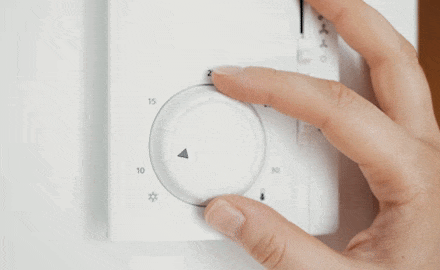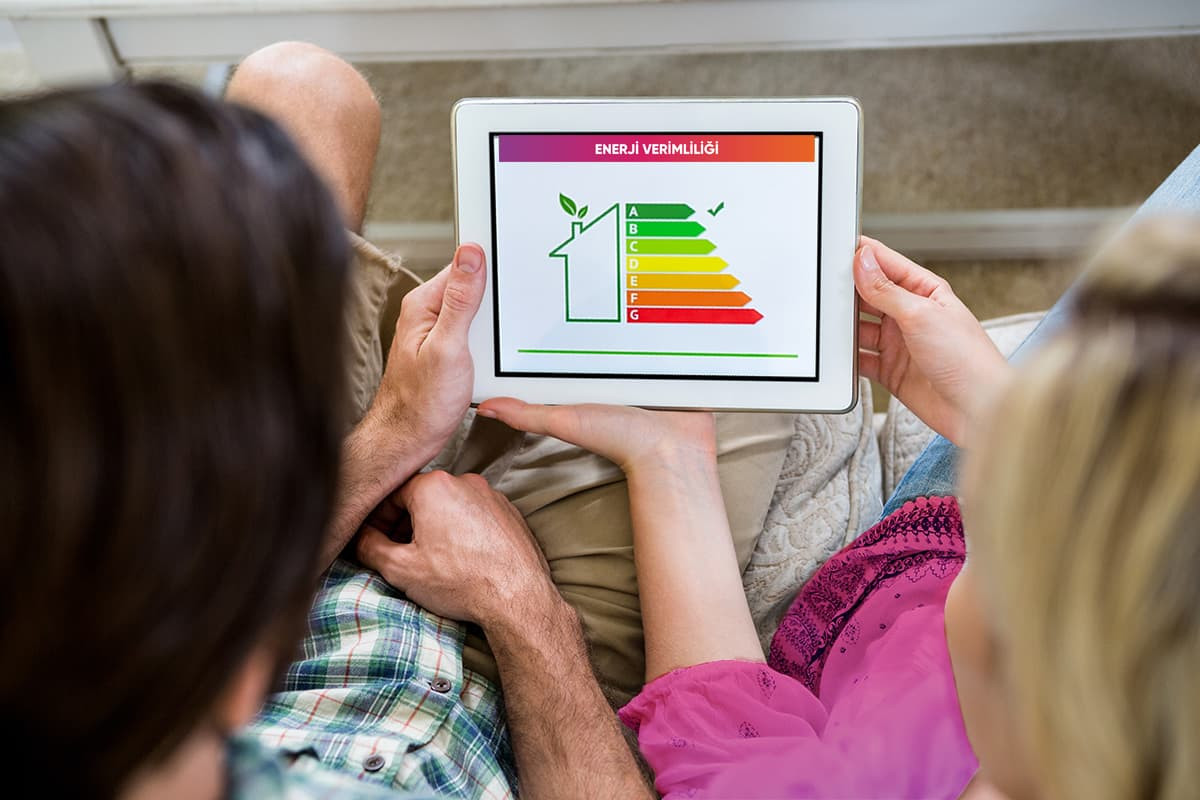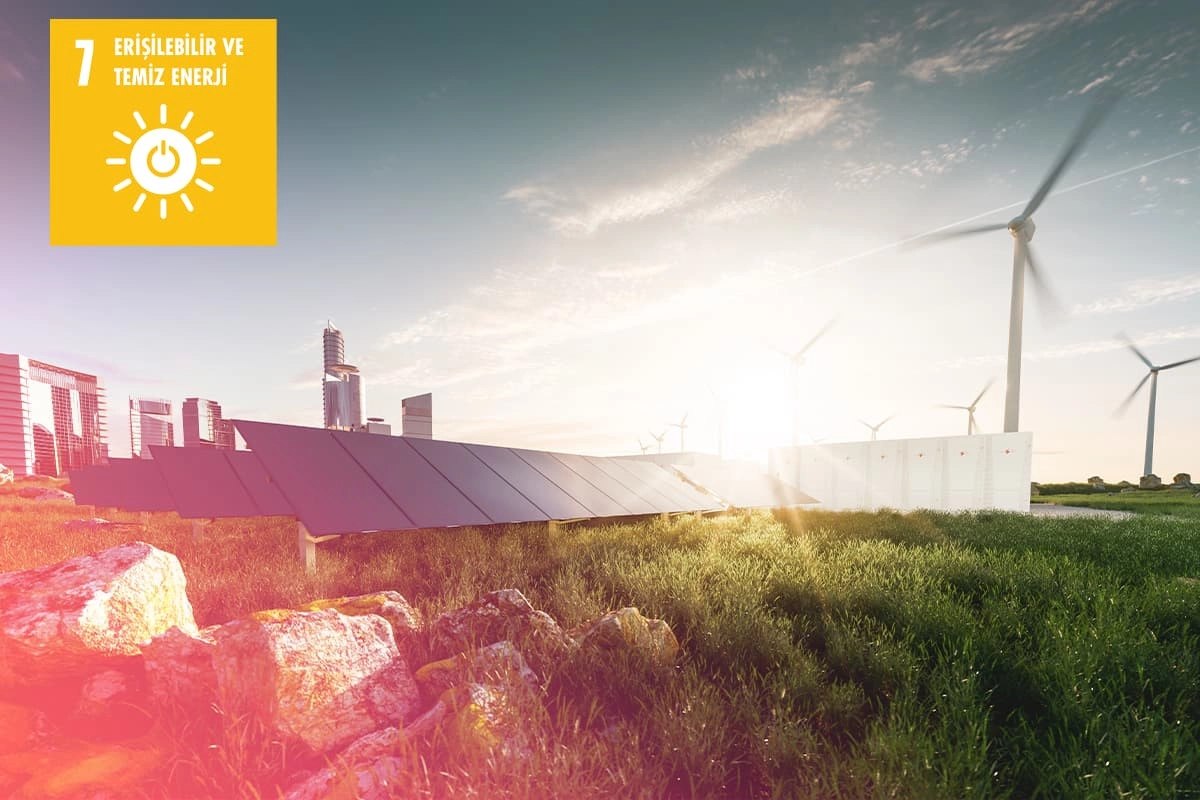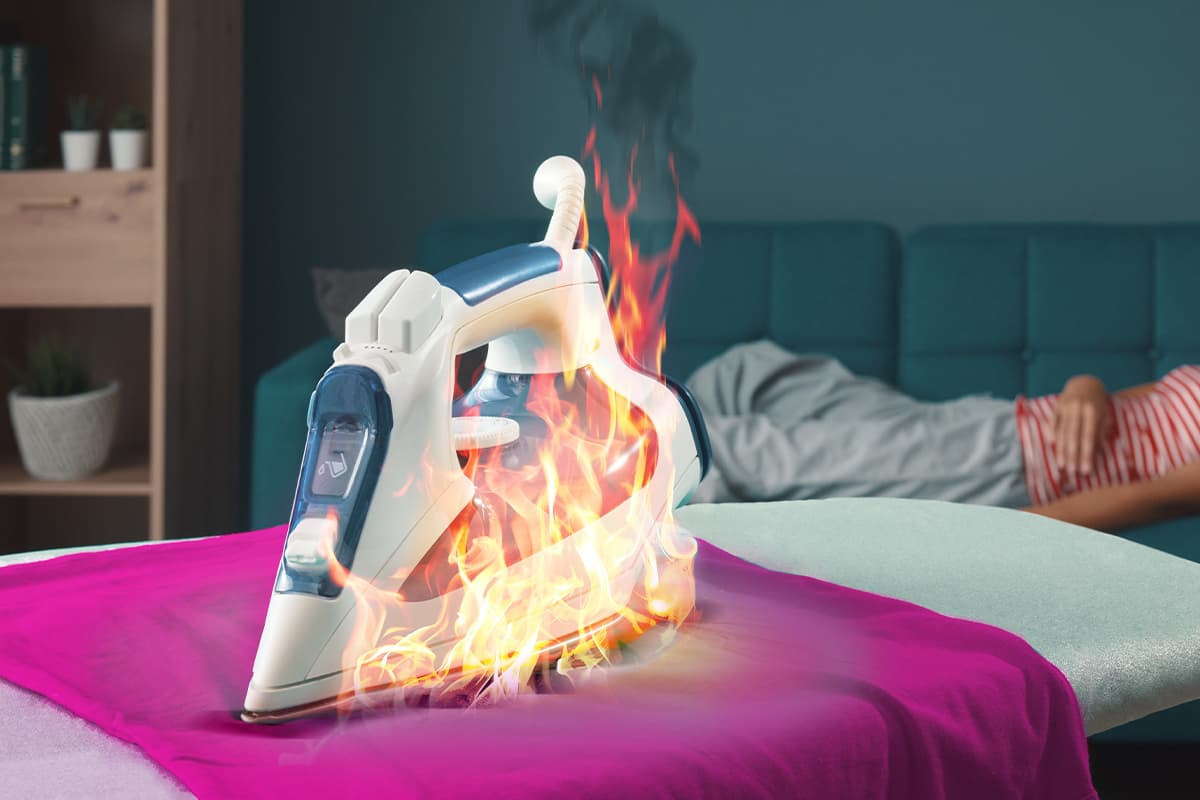
What is in this article?
From appliances to heating, and from hot water usage to smaller household devices, electricity is a fundamental need in homes and workplaces. Moreover, with unexpected expenses, reducing electricity usage becomes not just advisable, but essential. Did you know that simple, everyday actions can significantly reduce waste and lower your bills?
In an era of diminishing energy resources and growing environmental consciousness, small yet impactful steps can make a substantial difference in energy consumption.
Uncertain where to begin? Start saving now by reading our article and exploring our practical energy-saving recommendations.
10 Practical Energy-Saving Tips for the Winter Months
The onset of winter often leads to a spike in electricity costs. As temperatures drop, expenses like natural gas and air conditioning add up. Whether at home or work, small changes can lead to considerable savings.
A few easy steps can not only save energy but also help sustain global resources, starting right from your living space. Let’s delve into how to efficiently conserve energy.
Double Glazing is a Beneficial Addition to Both Doors and Windows
Doors and windows are critical points for heat loss in any environment. Consider double glazing for windows and doors to enhance energy efficiency.
Using insulating glass or double glazing in combination with quality insulated products aids in maintaining a comfortable ambient temperature and conserving energy.
Switching from single to double glazing in windows can decrease heat loss by approximately 47%.
Keeping the Front of Heating Coils Clear is Advisable for Efficient Heating
Arranging living spaces to accommodate the layout of natural gas radiators can be an effective energy-saving strategy. Placing sofa sets and other furniture away from radiator-front allows heat to circulate freely, leading to energy and cost savings.
Avoid covering radiators with furniture, curtains, or tulle to ensure effective heat distribution. Consider adjusting the length or placement of curtains and tulle to prevent them from obstructing radiators.
Installing reflective plates with aluminum foil behind radiators can help retain heat in the room, preventing it from being absorbed by walls. This method can lead to energy savings of up to 6%.
 Regular Maintenance of Boilers and Radiators is Crucial
Regular Maintenance of Boilers and Radiators is Crucial
Central heating boilers and radiators are heavily used during winter for heating and hot water, especially in colder regions and larger families.
Consequently, winter can be an expensive season, making boiler and radiator maintenance essential for cost savings.
To reduce expenses, regularly maintaining your boiler and natural gas radiators is an excellent strategy.
Before winter arrives, it’s advisable to schedule maintenance for your radiators, including cleaning, pressure checks, and water adjustments. If you have an older heating boiler, consider upgrading to a more efficient condensing model for future savings.
Consistently Maintaining a Constant Temperature in Your Heating Boiler Can Be Beneficial
 Switching the boiler on and off in response to daily temperature fluctuations or occupancy is a common strategy intended to save energy.
Switching the boiler on and off in response to daily temperature fluctuations or occupancy is a common strategy intended to save energy.
However, this approach can actually result in significantly higher energy costs. Maintaining a constant temperature is usually more efficient.
A steady heating boiler temperature helps maintain a consistent indoor climate and reduces energy consumption.
Enhance your energy efficiency by closing radiators and sealing underutilized rooms in your home. Proper insulation can lead to significant savings.
Related Article

How to Save Electricity at Home? Energy Saving Tips
Consider Implementing a Thermostat for Optimized Temperature Control
A thermostat or thermostatic valve effectively reduces unnecessary energy use by maintaining your preferred temperature.
Thermostats intelligently monitor ambient temperatures, eliminating the need for manual boiler adjustments and streamlining your energy management. This intelligent temperature regulation translates into tangible energy savings for you.
Aim to maintain an ideal room temperature between 20-22 degrees Celsius for optimal comfort and efficiency. Be aware that even a slight increase of 1 degree in room temperature can result in a 5-7% rise in natural gas consumption.
External Building Sheathing for Enhanced Insulation
External sheathing or insulation is a highly effective method for energy conservation in buildings. Quality materials and craftsmanship in sheathing can lead to substantial energy savings. By adopting these insulation strategies, you can achieve up to 35% savings in energy costs.
Heat naturally rises and seeks escape routes, often through the roof. Implementing roof insulation is an effective way to prevent this heat leakage. Roof insulation can result in energy savings of over 20%.

Transition to Energy-Saving Light Bulbs for More Efficient Lighting
Light sources in homes and workplaces significantly contribute to energy consumption.
Opting for special energy-saving light bulbs is a smart choice to reduce energy use. Energy-efficient light bulbs can reduce energy consumption by up to 80%. Additionally, these energy-efficient bulbs boast a longer lifespan.
Enhance Your Indoor Climate by Adding Moisture to the Air
Maintaining ideal humidity levels in your home can help stabilize room temperatures. During winter, humidifying your living spaces can effectively increase the warmth. To achieve this, consider placing containers on radiators or using specially designed radiator humidifiers with hooks.
Prioritize Insulating Your Windows for Better Thermal Efficiency
In cold weather, outdated windows with worn seals can let in drafts, even when closed. Such air leaks disrupt the temperature balance in your home and lead to increased energy usage. Window insulation is a practical solution to prevent these issues. DIY window insulation can be an effective and cost-efficient approach. Use adhesive sponges to block heat transfer through window gaps.

Optimize Energy Use With Your Appliances and White Goods
A key energy-saving strategy involves the efficient use of frequently used appliances and white goods. Approximately 20% of household electricity costs are attributed to these electrical appliances.
Strategies for conserving electricity at home include:
- When cooking, adjust the stove flame to heat only the pot’s base, potentially saving about 30% energy.
- Opt for stove-top boiling over electric kettles to cut energy consumption by 2.5 times.
- Allow food to cool before refrigerating to conserve energy.
- Prioritize energy-efficient models when selecting white goods.
- Run washing machines and dishwashers at full capacity for maximum efficiency. Utilize half-load or eco-friendly programs if available.
- Appliances in standby mode still consume energy. Turn off appliances at the power switch to prevent this wastage.
Related Article

What is Energy Class? Meaning of the Energy Labels
Energy-Saving Strategies for Homes Without Direct Sunlight
Saving energy in homes lacking natural sunlight can be challenging, but mindful practices can significantly reduce costs. For darker rooms, here are some energy-saving tips:
Choose Light Colors in Home Decor for Darker Spaces
In rooms with limited light, opting for light-colored decor can create a brighter ambiance. Employ light tones in furniture, carpets, accessories, and textiles to enhance the perception of light and save on lighting costs.

Utilize Niche Lighting
Strategically placed lighting in wall niches can make a dark room appear more spacious and brighter, creating an inviting atmosphere. When selecting lighting products, prioritize energy-efficient options to maximize savings.
Opt For Light Colors in Wallpapers or Paints
Carefully chosen wall paints and wallpapers can save energy and complement your room’s decor cohesively. In a dimly lit room, selecting light wall colors, similar to furnishings and accessories, aids in reducing energy use.
Choose Tulle and Curtains With a Fine Texture
Using fine-textured tulle and curtains is an energy-efficient decorating method for dark rooms. These materials allow for better heat dissipation, enhancing room comfort. Light-colored tulle and curtains also contribute to making the room appear brighter and more open, further reducing energy needs.
Avoid Clutter in Your Living Spaces
Overcrowding rooms with too many items hinders energy conservation efforts. Excess clutter not only impedes heat distribution but also makes the room feel darker, leading to increased electrical energy use. Minimizing clutter can significantly cut down on energy consumption.
Include Mirrors and Clear Glass in Your Decor
Mirrors in a living space create an illusion of a more expansive and airy space. Adding mirrors and clear glass can visually enlarge and brighten a dark room, enhancing its aesthetic. By adopting these practices, you’ll enhance energy efficiency in your space.

Conscious Consumption: Essential in Both Homes and Workplaces
Energy saving is crucial not only in homes but also in workplaces, where it can significantly impact consumption. Implementing energy-saving methods in workplaces is highly effective in reducing overall energy use.
By considering the following suggestions and promoting awareness, you can help curb unnecessary energy consumption:
- Utilizing motion-sensitive lighting in high-traffic business areas is crucial for energy efficiency. Daylight-sensitive lighting systems can lead to energy savings of up to35%.
- Workplaces commonly use electronic devices like photocopiers, computers, printers, air conditioners, heaters, and coffee machines. Leaving these devices plugged in and running when not in use leads to increased energy consumption. Unplugging idle appliances and using sleep mode for short breaks on computers can significantly save energy.
- Printing and photocopying are frequent activities in business settings. Excessive printing and photocopying result in unnecessary energy use. Maximizing online work on monitors instead of printing can help save energy.
- Turn off computers completely when not in use, instead of leaving them in sleep or standby mode.
- In buildings with elevators, using stairs for lower floors can reduce energy usage.
- Computers, often operational continuously in businesses, are significant energy consumers. Desktop computers consume five times more electricity than laptops. Keeping computers maintained and upgrading to laptops can reduce unnecessary energy consumption.
- Regular maintenance of electronic devices and heating systems in workplaces leads to energy savings.
- Replacing old incandescent bulbs with energy-saving LED bulbs in offices minimizes energy consumption.
Related Article

Suggestions for Saving Electricity at Workplaces

To effectively save energy during the winter months, consider implementing the energy-saving tips we have provided.
We welcome additional energy-saving suggestions for home or workplace implementation. Share your ideas in the comments! Share our article with your relatives and friends who are interested in energy conservation and help spread awareness about saving energy in your community!

 Online Services
Online Services Application Inquiry
Application Inquiry Pay Assurance Fee
Pay Assurance Fee Query Installation Number
Query Installation Number Compensation Fee Inquiry
Compensation Fee Inquiry Automatic Payment Order Inquiry
Automatic Payment Order Inquiry Partnership
Partnership







Leave a Comment